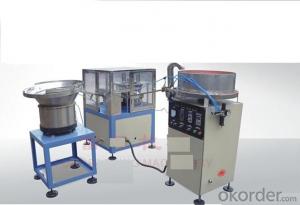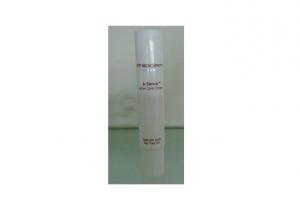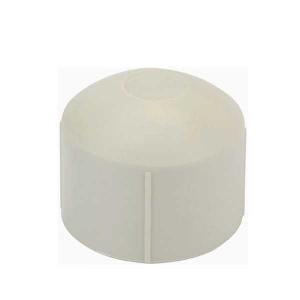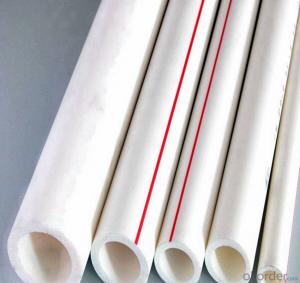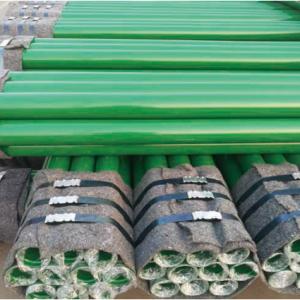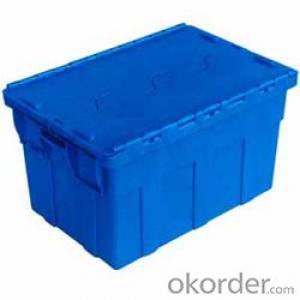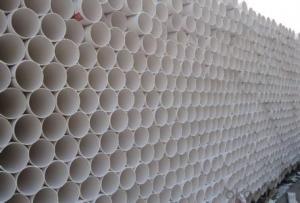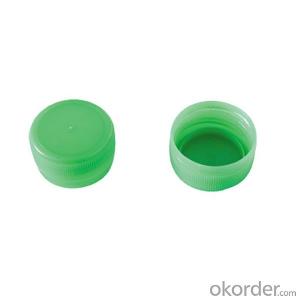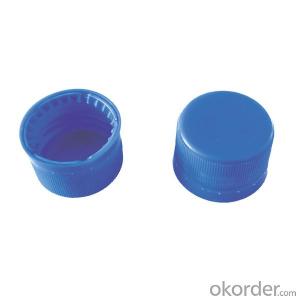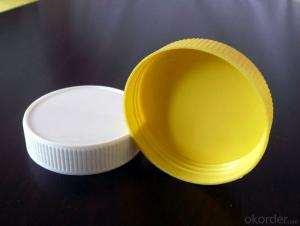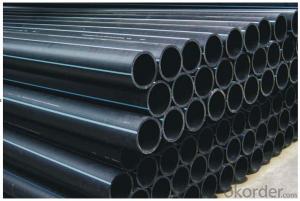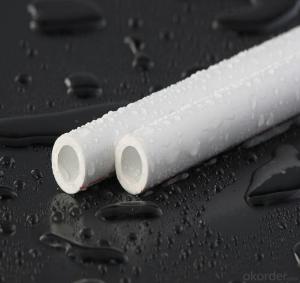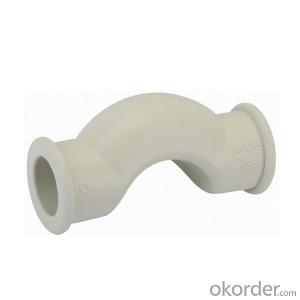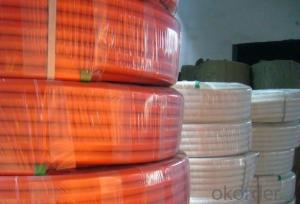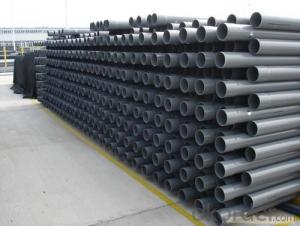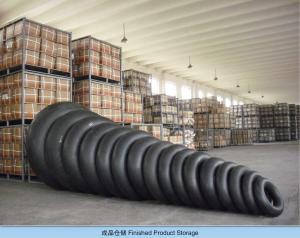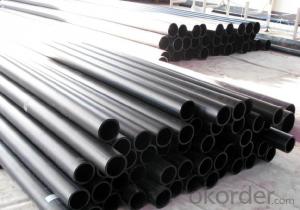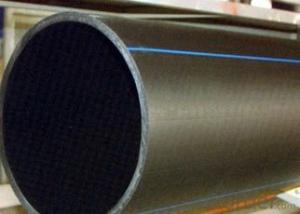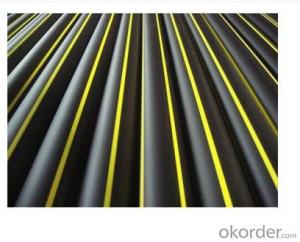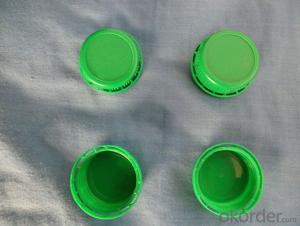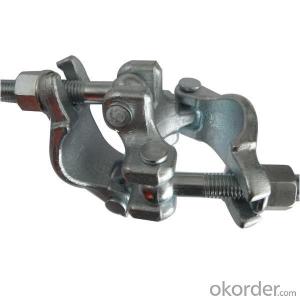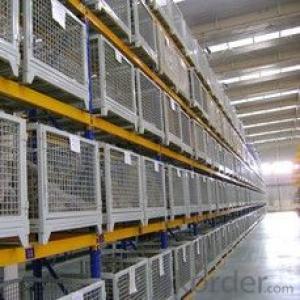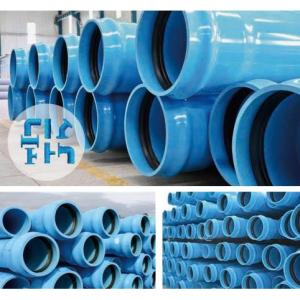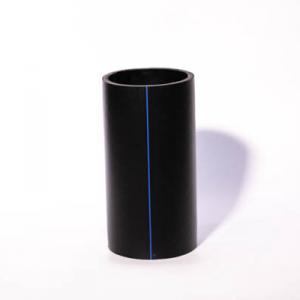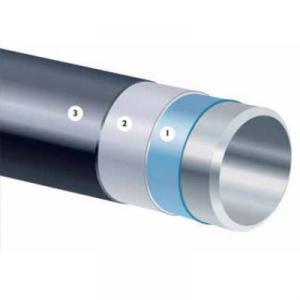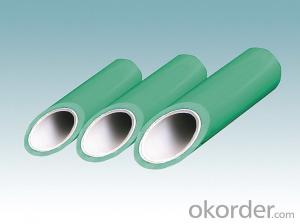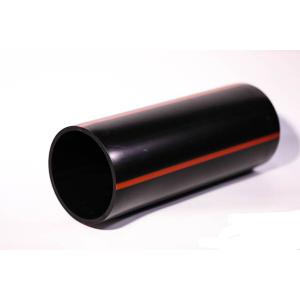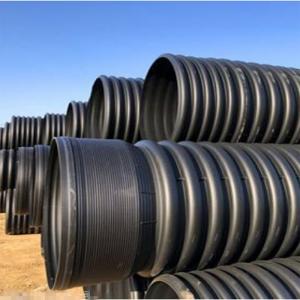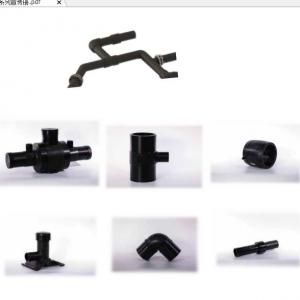Plastic Storage Tubes With Caps
Plastic Storage Tubes With Caps Related Searches
Plastic Tube With Cap Small Plastic Storage Tubes Van Roof Storage Tubes Small Plastic Tubes With Lids Plastic Document Tubes Clear Storage Tubes With Lids Plastic Coin Tubes Plastic Cores Tubes Plastic Cigar Tubes Clear Plastic Shipping Tubes Small Plastic Tubes Stainless Steel Tube Clamps Stainless Steel End Caps Plastic Poster Tube Plastic Tubing Clear Packaging Tubes Stainless Steel Tubes Van Storage Bins Air Intake Tubes Stainless Steel Chimney Caps Plastic Shapes Curved Plastic Tubing Stainless Steel Pipe Clamps Mesh Plastic Bags Plastic Tube Slide Stainless Steel Cap Stand Up Storage Containers Stainless Steel Capillary Tube Rectangular Plastic Tubing Dip TubesPlastic Storage Tubes With Caps Supplier & Manufacturer from China
Plastic Storage Tubes With Caps are versatile containers designed to securely store and protect a variety of items, such as small parts, samples, and other delicate objects. These tubes are made from durable materials and feature airtight caps to ensure that the contents remain safe from external elements. The caps also provide a tight seal, preventing any leakage or contamination.These storage tubes are widely used in various industries and applications, including laboratories, workshops, and even in households. They are particularly useful in scenarios where items need to be organized, protected, and easily accessible. Whether it's for storing craft supplies, organizing small tools, or preserving valuable samples, Plastic Storage Tubes With Caps offer a practical and efficient solution.
Okorder.com is a reputable wholesale supplier of Plastic Storage Tubes With Caps, boasting a large inventory to cater to the diverse needs of customers. The company is committed to providing high-quality products at competitive prices, ensuring that customers receive the best value for their investment. With a broad selection of sizes and materials available, Okorder.com is the go-to destination for those seeking reliable and efficient storage solutions.
Hot Products


